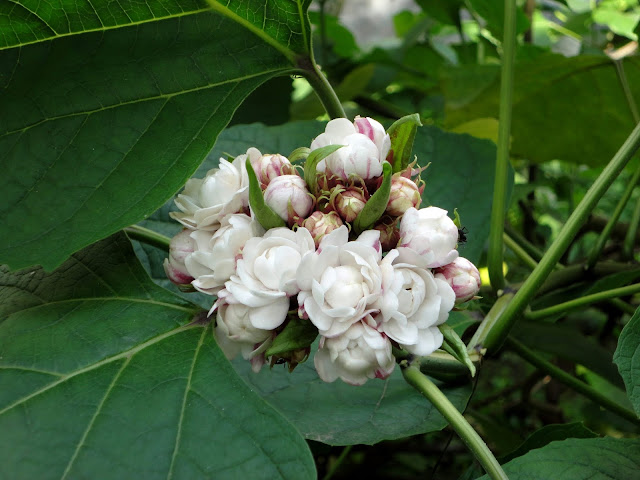Palan, Scarlet wrightia, Wrightia coccinea

Palan or Scarlet wrightia ( Wrightia coccinea , family: Apocynaceae) is a small deciduous tree with branches, attaining a height of 8-10 m. The original home of the lovely small tree is Southeast Asia. 'Palam' is the another Bangla name of the plant. The tree is very beautiful and for that it can be planted as an ornamental plant beside roads and in parks and gardens. In Bangladesh, it is found in hilly areas of greater Sylhet. Leaves are deep green, ovoid-lanceolate, apex elongated but obtuse; opposite, petiole short, 2-3 pairs in each pinnae, terminal leaf missing, 7-12 cm long and 3-4 cm wide. At the end of the spring flowers bloom with new leaves. Flower is very attractive, scentless, 3-4 cm wide, scarlet in color, showy. Sepals 5, petals 5. Terminal inflorescence bears 2-3 flowers. Flowers bloom in March-May. Petals are leathery. For this reason, may be, the flowers have been seen dry in the tree for a long time. Fruit is pod, 15-




